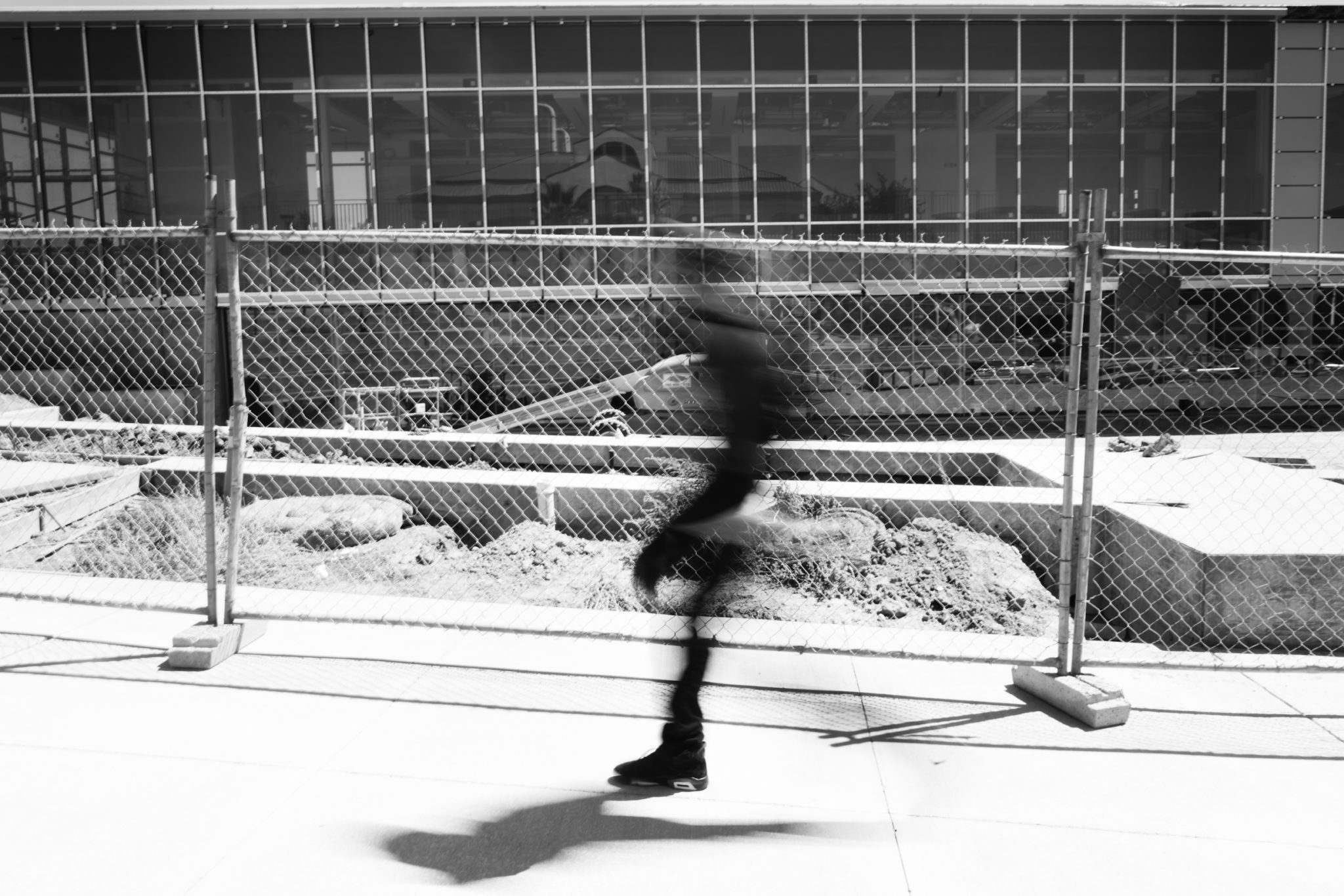After stay at home orders began, schools instantly went virtual. What first started as a two week long shelter in place quickly became indefinite quarantine. With the COVID-19 curve rising at a high rate it soon became clear the remainder of Spring semester would be moved online. Students had the choice to either accept it and go forward with the semester or back out without it harming their records.
Schools throughout the country including LPC have announced that summer classes would remain online to protect the health of the students and faculty. LPC Fall Classes are planned to be in person but a backup plan to only have classes online is in the works. Students all over made sure that their opinions were heard and some changes were made as the luxury of going to a campus and using school resources would be harder to access. The main complaint that came to attention was tuition prices and the fact that it should be reduced.
Pulitzer Center on Crisis Reporting, An American news media organization who reports on global issues wrote about students demanding their schools to rethink tuition prices. Writer for Pulitzer Center, Patrick Ammerman talked about the difference in school prices online vs in person using Harvard as an example to show the drastic difference.
“At my school, a bachelor’s education online costs $18,000 per eight credits,” Ammerman wrote. “In-person, that year of coursework would cost $53,166. Other online programs at the master’s and associate’s level are also geared at providing a cheaper online alternative to prospective students.”
What he did was put together the perspective of a student who is having to pay fees for student resources that are not currently available such as school gym and libraries due to the campuses being closed. Getting a hold of administration offices and financial aid help has also become more complex as students are no longer able to go up to a window and receive the help they need right then and there. Schools nationwide took into consideration the feedback from the students and started making changes regarding tuition and unit prices.
Journalist and writer for Inside Higher Ed, Elizabeth Redden, wrote an article on summer classes for the summer school semester of 2020 being moved online as a result of COVID-19 and the different initiatives schools have discussed regarding tuition pricing.
“Various colleges have already announced discounts,” Redden wrote. “Florida Gateway College, a community college, is letting current students enroll in two three-credit online summer courses for the price of one. Winthrop University, a public university in South Carolina, cut tuition for summer classes by 12 percent, which comes on top of an already 20 percent lower in-state tuition rate for summer classes compared to those offered in the spring and fall. American University, a relatively pricey private university in Washington, D.C., is offering a 10 percent discount on summer classes, which the university says translates into about $1,000 in savings on an average summer schedule of two courses.”
Plans for the summer semester continue to be different throughout each school but what happens if virtual teaching moves into the fall semester?
Elissa Nadworny from the National Public Radio(NPR) wrote an article April 22nd where she spoke about CSU Fullerton’s decision to step into the fall semester online. This left everyone wondering whether or not other schools would follow in their footsteps.
On that same day per The San Jose Mercury News, both CSU East Bay and SJSU announced that in person classes would not only be small but most classes offered would be online. On the other hand, Santa Clara University plans for regular programming. Alternative options are being kept in mind while other colleges such as SFSU and UC Berkeley decisions are still being discussed. SJSU Provost and Senior Vice President of Academic Affairs Vincent J. Del Casino, Jr. released some information regarding his campus opinions on tuition changes.
“We have no plans to change tuition, and I don’t think the system does either,” Del Casino Jr. wrote.
Schools predict that enrollment rates will drop from what CSUEB predicts can be a 6-8% and the fear is it resulting in student resources vanishing.
What is left to wonder when schools are given the green light to open their doors is if students will continue taking precautions and limit themselves to human contact on campus or will the regular day to day life be resumed.
Ana Delgadillo is a staff writer for The Express. Follow her at @aaanakd.


